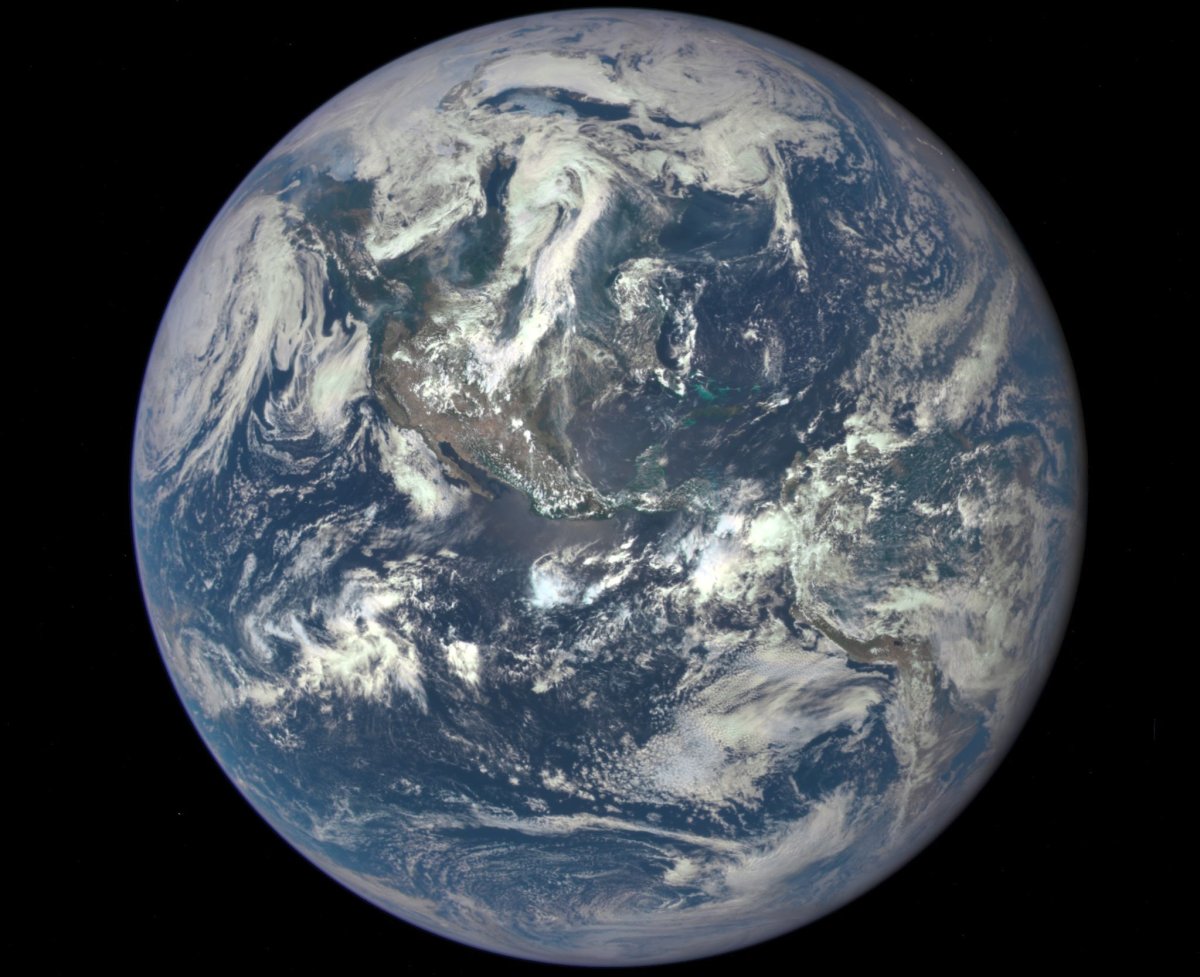An ingenious interactive website, created by American software engineer Ian Webster, lets site visitors see what Earth looked like at different points in its history, from 750 million years ago, right up to the present day.
The 3D map of the planet shows the ancient configurations of the oceans and continents—including features such as mountains, lowlands, shallow seas, continental shelves and deep waters—and how they have changed over time because of gradual movements of tectonic plates, or the vast slabs of material that make up Earth's crust.
As an added bonus, site visitors can also look up any current address to find out where it would have been located on the planet. The slice of Earth's crust on which New York City now sits, for example, once lay right in the middle of an enormous supercontinent around 750 million years ago.
It's also possible to select a specific time period based on important milestones in Earth's history, such as the evolution of the first multicellular life (circa 600 million years ago), the appearance of the first dinosaurs (circa 220 million years ago) and the emergence of the first hominids, or great apes (circa 20 million years ago).
Perhaps most intriguingly, visitors to the website can track the evolution of the last supercontinent Pangaea—which first started to form more than 300 million years ago before gradually breaking up about 200 million years ago. In contrast to the current distribution of the world's landmass, much of Pangaea was found in the Southern Hemisphere. At the time, the continent was surrounded by a superocean, known as Panthalassa.
Each time period marker on the website is accompanied by details of the main developments that were taking place.

For example, around 470 million years ago (in the middle of the Ordovician Period) the website describes an era characterized by diverse oceans and the emergence of the first coral reefs. At this time, alga was the only multicellular plant life, and there was still no complex life on land. Jawless fishes and the first vertebrates also began to appear around this period.
Webster, who specializes in data visualization, created the 3D map using information that geologists had collected over time on Earth's tectonic plates.
The Ancient Earth Globe can be viewed here.
Uncommon Knowledge
Newsweek is committed to challenging conventional wisdom and finding connections in the search for common ground.
Newsweek is committed to challenging conventional wisdom and finding connections in the search for common ground.
About the writer
Aristos is a Newsweek science reporter with the London, U.K., bureau. He reports on science and health topics, including; animal, ... Read more
To read how Newsweek uses AI as a newsroom tool, Click here.








